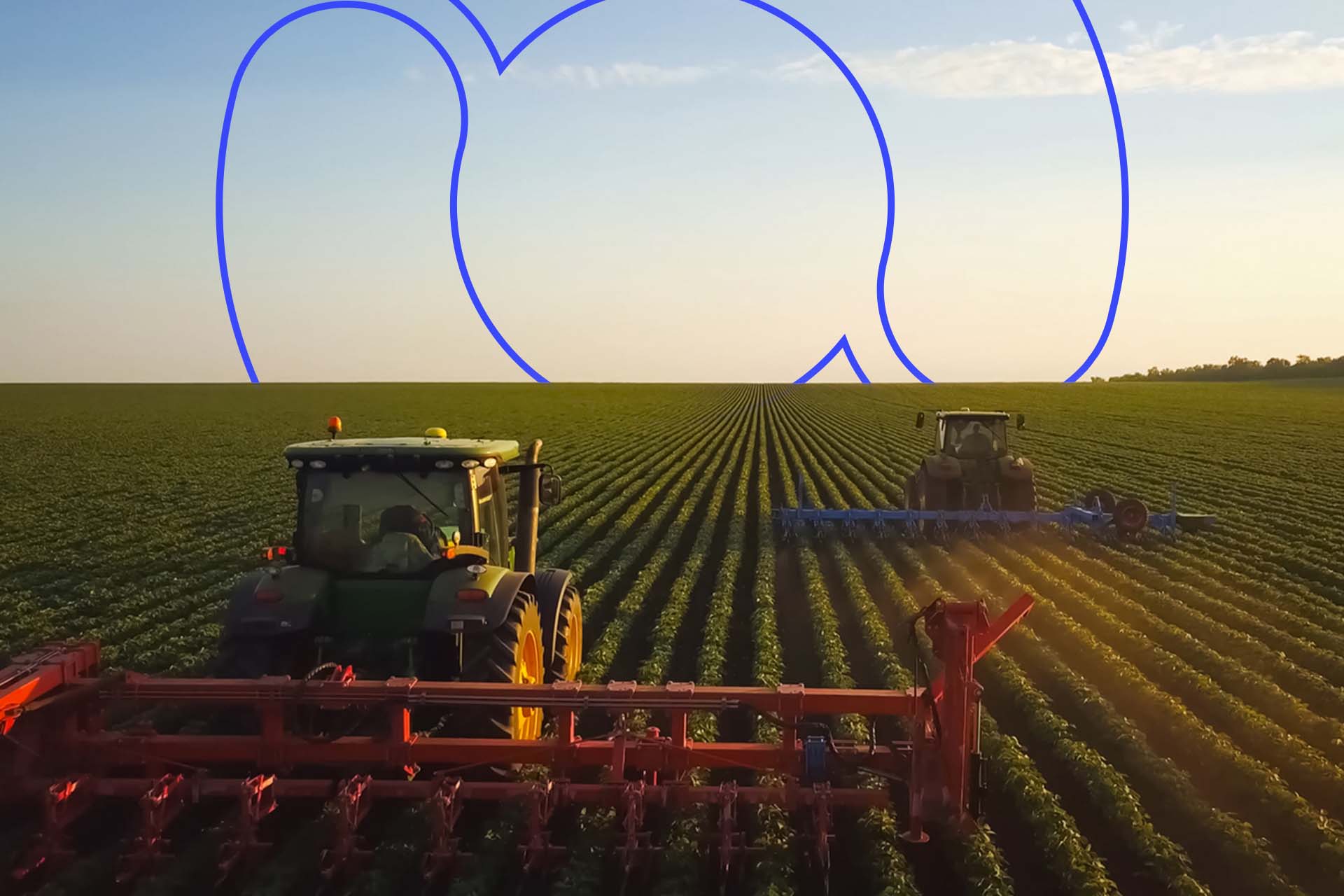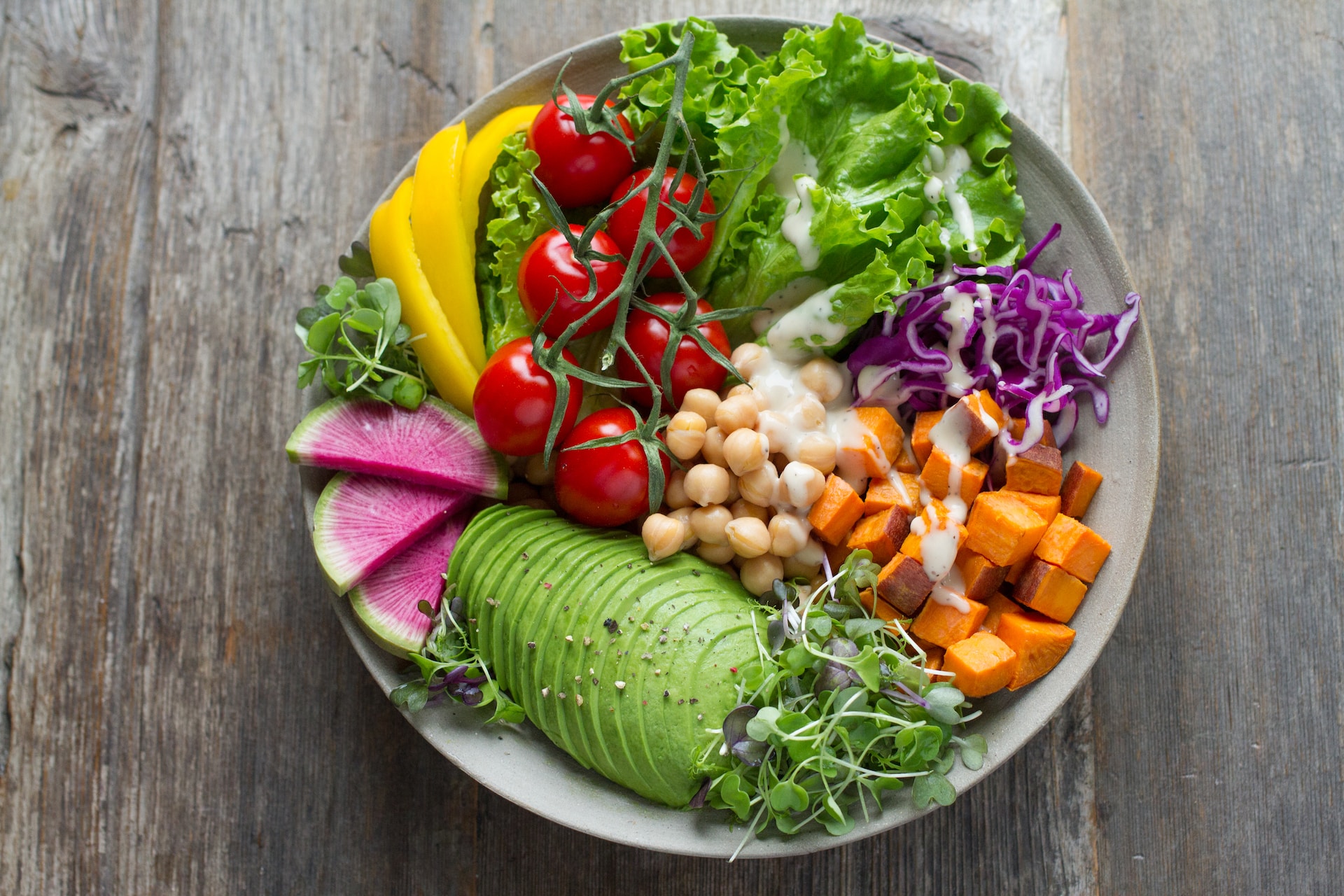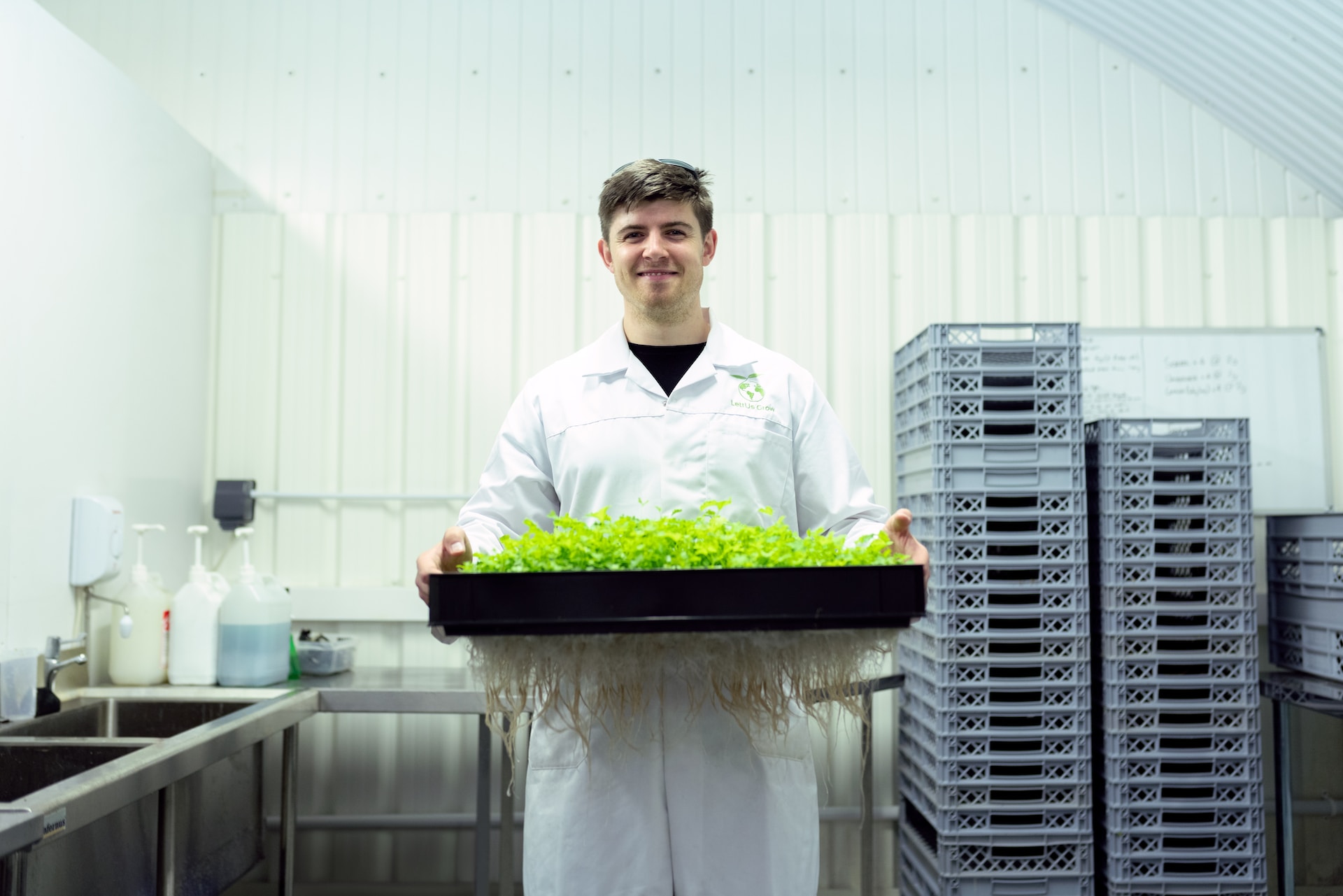
Challenges American Agriculture Needs to Overcome
February 14, 2019 - Emily Newton
Revolutionized is reader-supported. When you buy through links on our site, we may earn an affiliate commision. Learn more here.
The American agriculture industry is a massive one, producing enough food to feed the country and export roughly 25 percent of their yields overseas. Keeping such an industry running is difficult. Nonetheless, there are more challenges on the horizon that American farmers will need to overcome to continue to thrive in the coming years. What problems will American agriculture face in the near future?
1. Food Waste
Roughly 120 million tons of produce are purchased every year in the United States. Would it surprise you that more than 50 percent of it ends up in landfills around the country? Food waste is a massive problem both in the United States and the world. However, American consumers waste more food than any other country. Americans send more than 35 million tons of food to landfills every year.
While consumers that buy too much food and allow it to spoil and grocery stores that refuse shipments because of blemished fruits or vegetables that look a little misshapen are part of the problem, the biggest culprit is in the agriculture industry. As a consumer, you don’t even see 50 percent of the food these farms produce because it is thrown out during the production, distribution and storage phases.
As the population continues to grow, food waste will become an even more significant problem. Consumers and grocery stores have already started taking steps to reduce food waste, but the agriculture industry is lagging. In 2015, the EPA launched the U.S. Food Waste Challenge with the goal of reducing the country’s waste by 50 percent by 2030. Farmers can combat this problem by taking care to improve existing processes. Even working with local food banks to donate the food that is too “ugly” to market correctly can work toward reducing this waste.
2. Water Scarcity
Fresh and potable water is a limited resource. While our planet might be covered with it, only three percent is clean and drinkable. Worse yet, the polar ice caps lock in two percent of that clean drinking water in ice. We only have one percent available to us. Agriculture accounts for 70 percent of water use and this demand will increase by 19 percent by 2050, according to experts. This creates a growing problem, especially in those areas of the world where water scarcity is already threatening lives.
A lack of clean drinking water affects one out of every nine people around the globe. While it hasn’t become a problem in the United States as a whole yet, places like Cape Town, South Africa, nearly ran out of drinking water in 2018.
The agriculture industry can help reduce the threat of water scarcity by using more efficient watering techniques. Drip irrigation, for example, provides the plants with all the water they need by delivering it directly to the roots. This method reduces water usage by eliminating water lost to evaporation.
3. Population Growth
In spite of a stall in childbirth, the planet’s population is expected to reach 9.7 billion by 2050. Right now, a single U.S. farm feeds about 165 people, both at home and abroad. With this expected explosion in population in the next 30 years, these same farms will need to produce 70 percent more food to keep up with the demand.

The solution to this challenge isn’t as simple as producing more food — while this will help, producing more food while maintaining current practices will mean more waste, and that won’t fix the problem in the long run. More efficient and sustainable farming practices and a concerted effort to reduce food waste are currently the only viable solutions. Providing more farm-to-table options, especially in food deserts where fresh food is scarce, can also help mitigate the problem of population growth.
4. Agricultural Waste
Food waste isn’t the only byproduct of American agriculture. Harvested plants contain both edible and inedible components. After separating the edible portion, the stems and stalks remain in the field to decompose or go to a landfill, creating an entirely new class of waste. The livestock industry must also contend with the massive amounts of manure it generates. This agricultural waste releases methane and other greenhouse gases into the atmosphere as it biodegrades.
Leaving this waste to rot isn’t just bad for the environment — it’s also a waste of a valuable resource. Ethanol can be derived from the cellulose in corn stems after a harvest. Hog manure can be repurposed into a functional asphalt alternative for road building. Farmers need to stop looking at these products as things to be disposed of. If we can rewire our minds, and start thinking of this waste as a resource, farmers can reduce the carbon footprint of the industry as a whole while providing valuable base materials for other industries.
5. Climate Change
In spite of what the current presidential administration would have us believe, the climate is changing. Summers are getting hotter, winters are getting colder and cyclical droughts and periods of heavy rain are having a devastating effect on global agriculture. U.S. staple crops like wheat, soy and corn are all suffering. If the average temperature is above 86 degrees F (30 C), the yield of these three crops starts to drop up to 6 percent a day. A standard crop of corn takes between 60-100 days to grow from germination to harvest. A long, hot summer could decimate a corn crop.
Unfortunately, there’s no easy fix for the threat of climate change. As a species, we’ve spent a long time doing a lot of damage to the planet, and it will take a long time to fix — if we can fix it at all. Reducing food waste and energy consumption is a step in the right direction, as is developing drought-resistant crops that provide higher yields in less than ideal conditions.
Never-Ending Challenges
These are just a few of the challenges that American agriculture will face in the coming years. It will take a concerted effort from farmers and other industry professionals to ensure this sector can thrive and provide food for the population, far into the future.
Revolutionized is reader-supported. When you buy through links on our site, we may earn an affiliate commision. Learn more here.
Author
Emily Newton
Emily Newton is a technology and industrial journalist and the Editor in Chief of Revolutionized. She manages the sites publishing schedule, SEO optimization and content strategy. Emily enjoys writing and researching articles about how technology is changing every industry. When she isn't working, Emily enjoys playing video games or curling up with a good book.




